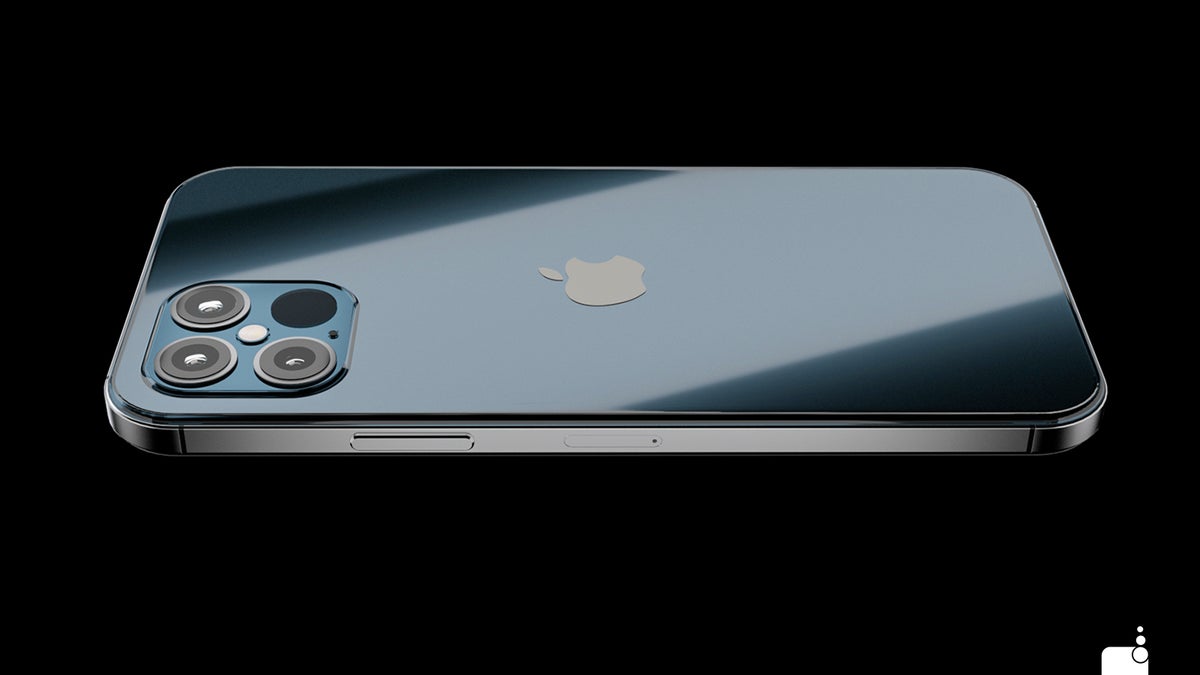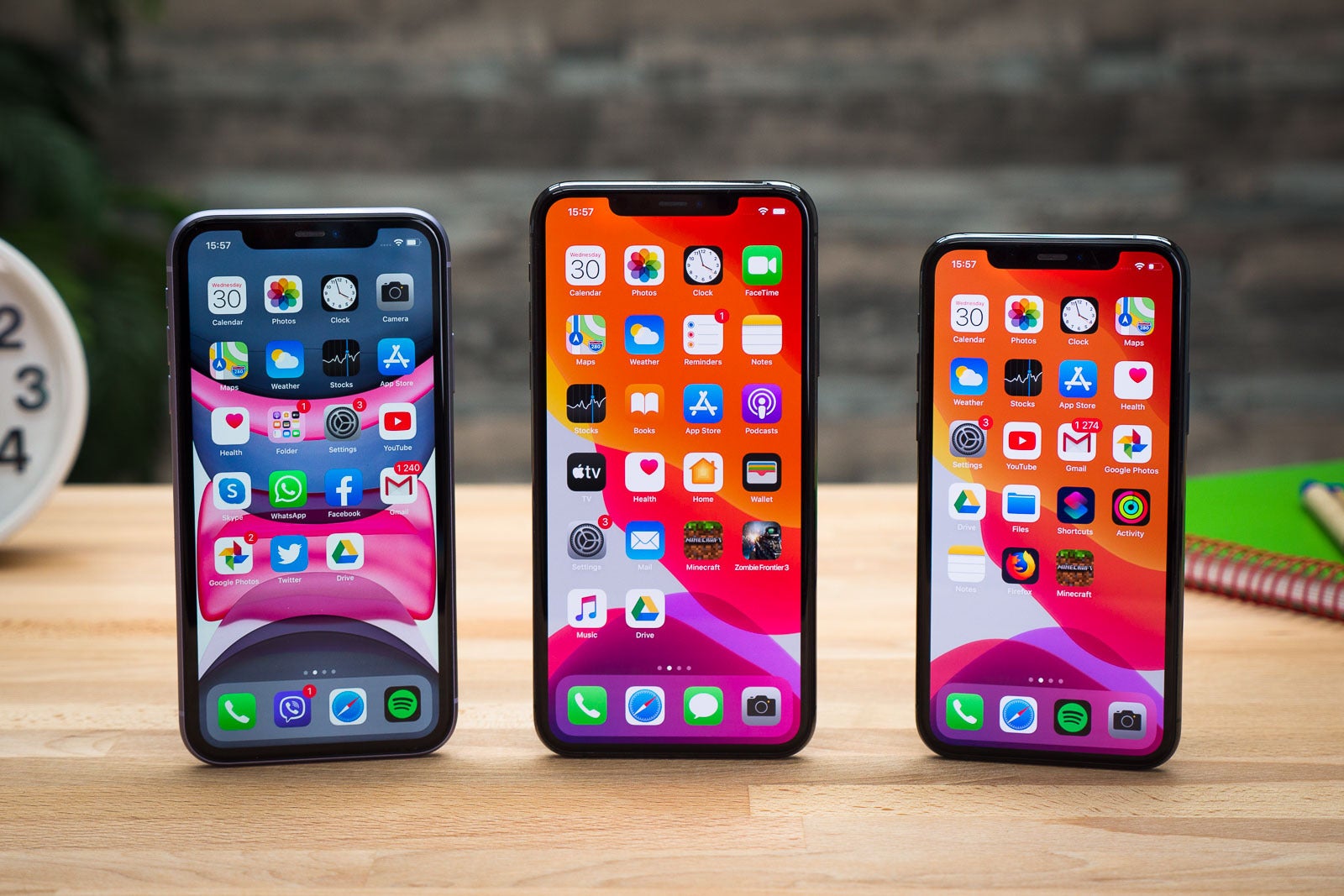Apple to stockpile 5G iPhone 12 series due to potential component shortages

Apple iPhone 12 Pro concept render
Apple plans to make 213 million iPhones by March 2021
Nikkei Asian Review claims Apple recently notified its extensive supplier network of plans to manufacture around 213 million iPhone units between April 2020 and March 2021. That number is up 4% from 205 million units a year earlier.
The reason for the positive production outlook is not strong demand, says Nikkei, but rather plans to stockpile upcoming smartphones over concerns about possible component shortages related to the global pandemic.

Apple iPhone 12 Pro concept render
Because of this uncertainty, Apple seems to be prioritizing inventory over anything else. The goal is to stockpile as many devices possible ahead of fall 2020 to cover launch demand and the all-important holiday season.
Orders will be split 50-50 with existing iPhones
Sources say production of these new devices will be split almost 50-50 with the existing iPhone lineup, which includes the iPhone 11 series and iPhone XR in addition to the newly announced iPhone SE and several older models.
There is no official guideline, but the Silicon Valley-based giant is likely looking at the recent iPhone SE launch very closely. If demand was below expectations, it could reduce orders for the iPhone 12 series, but if demand was higher than expected it could do the opposite.

The iPhone 11 series
One executive at a component manufacturer described the production outlook as “pretty bullish” and said it needs to asses whether Apple has based the figure on a “realistic demand forecast” or not.
Most Apple Stores around the world are closed right now and the vast majority of sales are now online, making it harder to gauge demand. The overall consensus is that things won’t noticeably improve until the second half of 2020.
“Actual production could be 10% to 20% lower,” the executive continued.
The pandemic has impacted other product launches
The pandemic has started affecting other product launches too, not only the iPhone 12. Apple has reportedly taken the decision to push back the 5G iPad Pro with a Mini-LED display from September to early 2021.
A cheaper pair of AirPods that were initially scheduled for March have been delayed until next month too. The highly anticipated AirTags and Apple's first pair of premium over-ear headphones were affected even more severely – Apple now hopes to unveil them in June at the virtual WWDC press event.
Follow us on Google News















Things that are NOT allowed:
To help keep our community safe and free from spam, we apply temporary limits to newly created accounts: